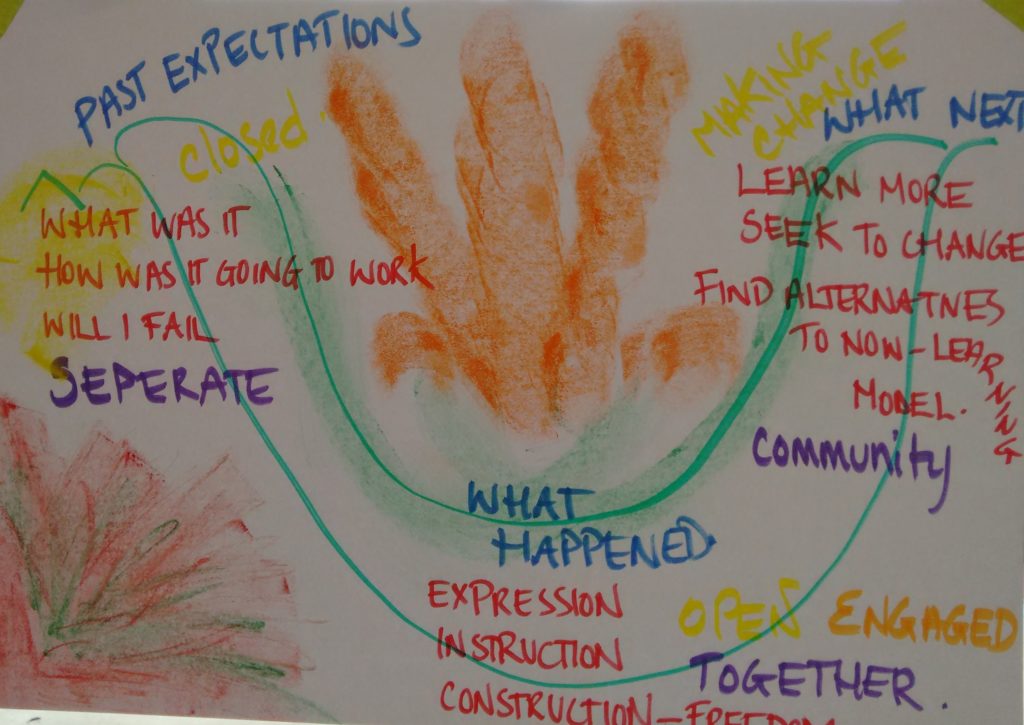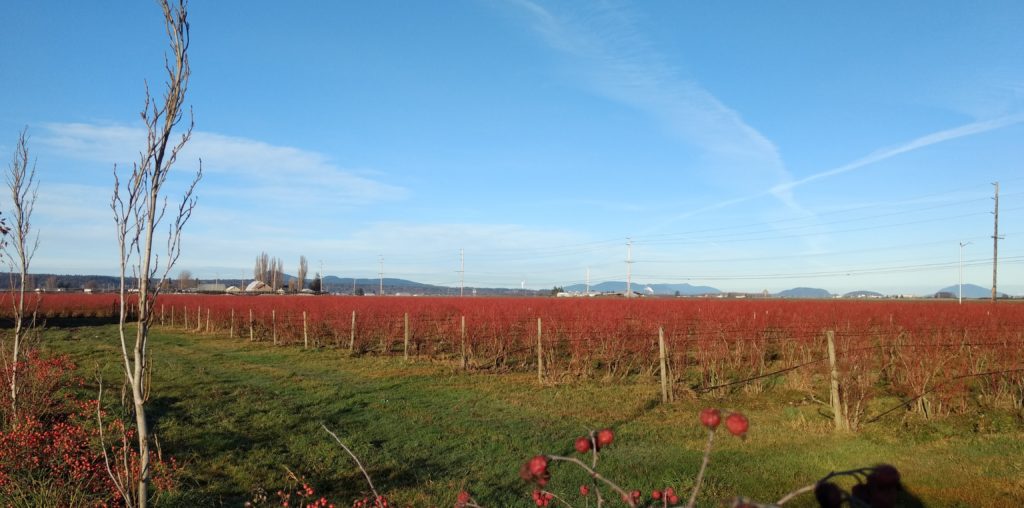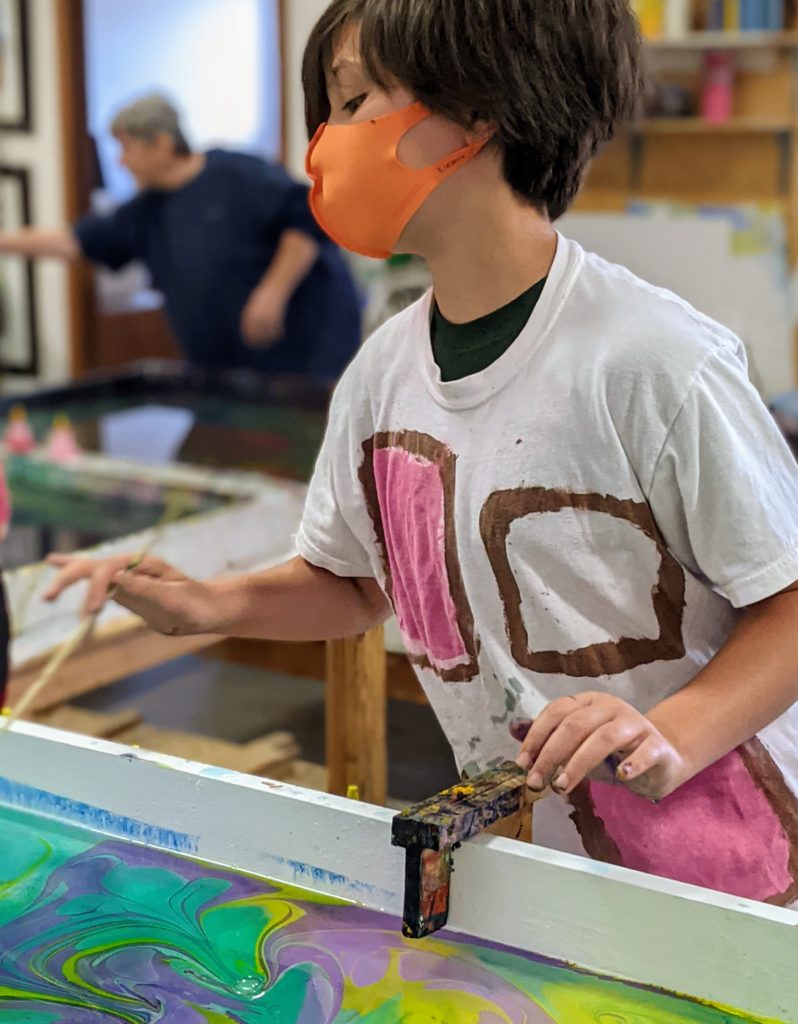
This old draft from 2014 on knowledge translation rings a bell after a couple of weeks helping out a colleague working with a large international development consulting group grappling with the funder demands of scaling and “localization.” All which sound good in theory, and very messy and complicated in practice. I love Melanie’s focus on practice too. Right up my lane!
Melanie Barwick, in a guest post on the CRFR blog, speaks sooth:
In a nutshell, this is what I now know.
Knowledge translation and implementation are complimentary but different constructs. Knowledge translation involves helping others to understand the evidence; implementation involves supporting them to make the changes needed to apply the evidence. Impact means capturing that people knew what to do with the knowledge you shared.
Practice change is not one-off. It’s a complex process that has many moving parts, some of which are likely universal but some that are unique to the particular context, and we are still learning what those are. There is alchemy in the practice change recipe. Every context calls for different amounts of the more universal ingredients, and a dash or two or other key elements that are necessary for that particular context. The practice change recipe for child and youth mental health, for health, or education will (I hypothesize) look different from one another.
Practice change calls for structure and an approach that is both adaptive and incremental. There is a method to the madness, and the application of good project management combined with the application of implementation teams, stages, drivers, and cycles will lead to more effective implementation, whatever the context.
The road to practice change – the implementation journey – has far better signage and lighting than it did 14 years ago. As implementation frameworks and theories become more refined, we are digging below the surface of categorical frameworks to identify the ‘what’ and the ‘how’ of changing practice. It is no longer sufficient to direct implementers to identify barriers and facilitators, tailor interventions to populations, facilitate the change endeavor, and measure outcomes without specifying how they are to accomplish these things. We are beginning to identify key factors that are implicated in effective implementation of evidence in practice across different sectors, and we are focusing on how to measure these key elements in a standardized way so that a common story can be told across case studies and contexts. Lastly, there is a growing library of openly accessible resources to help practitioners map their own implementation journey. Researchers are endeavoring to produce both scientific outputs whilst also developing resources and tools that can be of real and practical use in the field. It has never been a more fascinating and illuminating time, and the journey continues.


